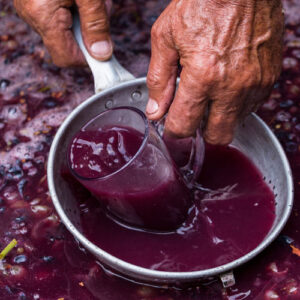

Showing 1–12 of 69 results












Created by Rudolf Steiner, a twentieth-century Austrian philosopher and the founder of biodynamic farming is based on three main key ideas:

In practice, some of the methods used may have seemed somewhat ground-breaking when they were introduced; a variety of animals (anything from ducks to sheep) are allowed to roam freely through the vines. Winemakers follow the biodynamic calendar which relates to lunar and planetary movements and the four elements, to tell them when are optimal timings for harvesting and carrying out a number of key winemaking decisions. Methods, such as preparation 500 are used, where cow horns are filled with manure which are buried in the vineyard and left throughout the winter, then this compost is spread throughout the vineyards. The reason for these methods is the same, they aim to create a healthier vineyard more integrated into its surrounding eco-system.
Now to the poignant question: what effect does this have on the taste of the wine? As with all wines, there are good and bad biodynamic wines and not all biodynamic wine is vinified naturally in the cellar. However, it is safe to say that biodynamic grapes are of the highest quality and when they are vinified naturally the results are spectacular. Furthermore, biodynamic viticulture is at the forefront of sustainable farming.
This type of wine has a higher-quality flavour profile than conventional wines due to the absence of pesticides and the use of biodynamic agricultural techniques. Furthermore, many biodynamic winemakers cultivate organic fruit, enhancing the favours of biodynamic wines.
Whatever your opinion on some elements of biodynamics, if the wine is tasty and the land is healthy, perhaps it is best to adopt an attitude of living and letting live, a viewpoint that biodynamics would certainly approve of.


